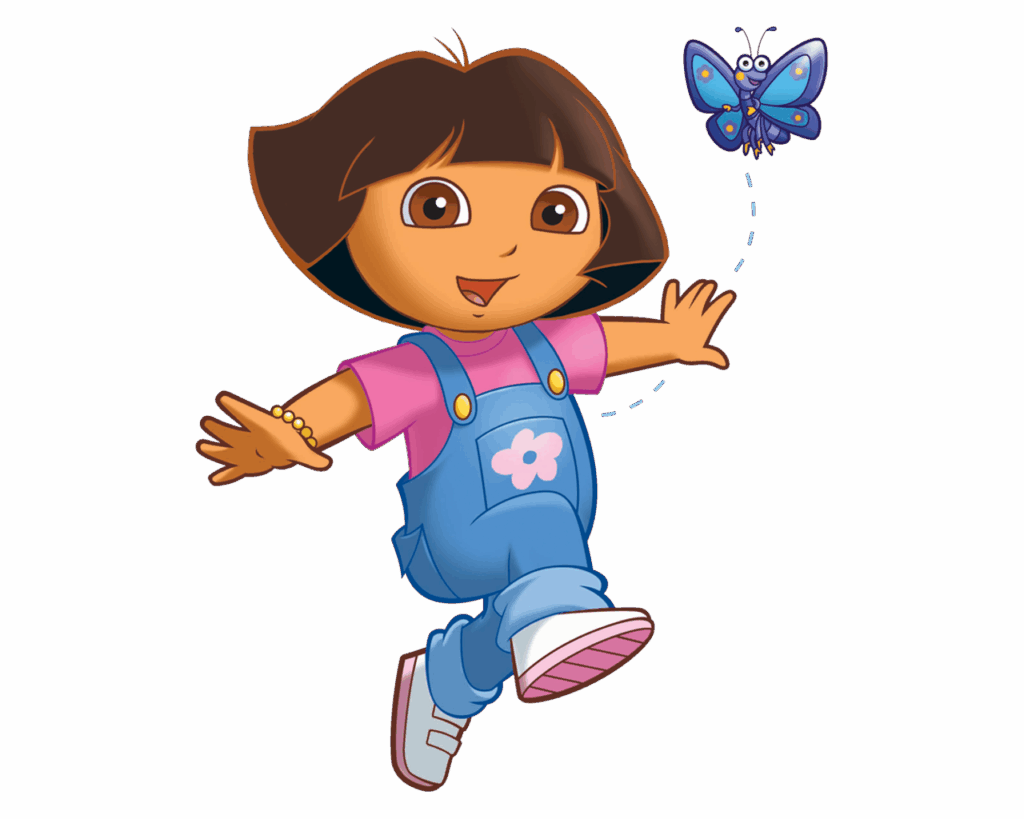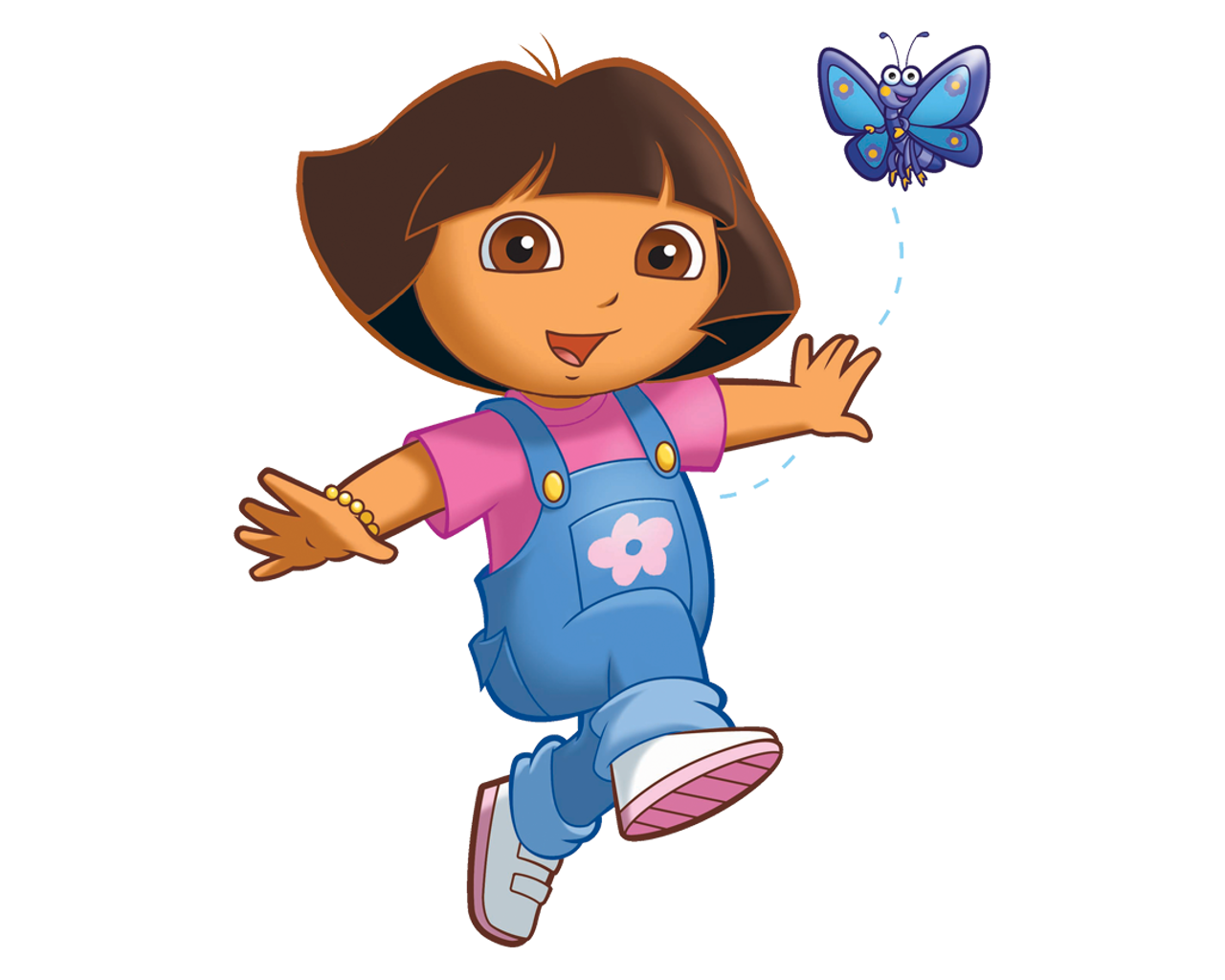
Unlocking the World with Dora the Explorer: A Comprehensive Guide
Have you ever wondered about the enduring appeal of a young Latina girl who embarks on exciting adventures with her best friend, a monkey named Boots? Look no further. This comprehensive guide delves deep into the world of Dora the Explorer, exploring the show’s origins, educational value, cultural impact, and lasting legacy. We’ll uncover why Dora the Explorer has captivated audiences for decades, offering insights into its unique blend of entertainment and learning. From its interactive format to its focus on problem-solving and bilingualism, this article provides an expert exploration of everything that makes Dora so special.
The Enduring Magic of Dora the Explorer: A Deep Dive
Dora the Explorer, created by Chris Gifford, Valerie Walsh Valdes, and Eric Weiner, first aired in 2000 and quickly became a global phenomenon. The show centers around Dora, a seven-year-old girl, and her adventures in a vibrant, animated world. More than just entertainment, Dora the Explorer is carefully designed to promote cognitive and social development in young children. The interactive format encourages viewers to participate actively in Dora’s quests, fostering problem-solving skills and critical thinking.
At its core, Dora the Explorer is built on a foundation of educational principles. Each episode presents a specific challenge or goal that Dora and Boots must overcome, requiring them to use their knowledge and skills to navigate various obstacles. The show incorporates elements of mathematics, language, and cultural awareness, introducing children to new concepts in an engaging and accessible way.
The show’s interactive nature is a key element of its success. Dora frequently asks viewers questions, prompting them to think critically and participate in the adventure. This active engagement helps children retain information and develop their problem-solving abilities. The use of repetition and visual cues further reinforces learning, making complex concepts easier to understand.
The cultural significance of Dora the Explorer cannot be overstated. As one of the first mainstream children’s shows to feature a Latina protagonist, Dora broke down barriers and provided representation for a previously underserved audience. The show’s incorporation of Spanish language and Latino culture helped to promote diversity and inclusivity in children’s media. This representation has had a profound impact on young viewers, fostering a sense of belonging and pride in their heritage.
Nickelodeon’s Educational Powerhouse: The Dora Ecosystem
Nickelodeon, recognizing the potential of Dora the Explorer, invested heavily in the show’s production and promotion. The network’s commitment to educational programming made Dora a natural fit, and the show quickly became a cornerstone of Nickelodeon’s lineup. The show’s success has led to a vast ecosystem of related products and services, including books, toys, video games, and live performances. This ecosystem extends the Dora experience beyond the television screen, providing children with multiple avenues for engagement and learning.
The Dora the Explorer franchise is a testament to the show’s enduring popularity and cultural impact. The show’s success has paved the way for other diverse and educational children’s programs, helping to shape the landscape of children’s media. According to a 2024 report on children’s television, shows like Dora the Explorer have significantly contributed to increased representation and diversity in the industry.
Analyzing the Key Features that Make Dora Shine
Dora the Explorer‘s success lies in its carefully crafted features, each designed to engage and educate young viewers. Let’s break down some of the key elements that contribute to the show’s enduring appeal:
- Interactive Format: Dora frequently asks viewers questions and encourages them to participate in the adventure, fostering active learning and engagement. This direct interaction is a cornerstone of the show’s educational approach.
- Bilingualism: The show seamlessly incorporates Spanish language and culture, introducing children to new vocabulary and fostering an appreciation for diversity. The use of Spanish phrases is natural and integrated into the storyline.
- Problem-Solving: Each episode presents a specific challenge that Dora and Boots must overcome, requiring them to use their knowledge and skills to navigate various obstacles. This focus on problem-solving helps children develop critical thinking abilities.
- Repetition and Reinforcement: The show uses repetition and visual cues to reinforce learning, making complex concepts easier to understand. Key information is repeated throughout the episode to aid retention.
- Positive Role Model: Dora is a strong, independent, and resourceful character who serves as a positive role model for young viewers. Her enthusiasm and determination inspire children to embrace challenges and pursue their goals.
- Cultural Representation: As one of the first mainstream children’s shows to feature a Latina protagonist, Dora broke down barriers and provided representation for a previously underserved audience. This representation has had a profound impact on young viewers.
- Map and Backpack: These iconic characters provide essential tools and guidance for Dora’s adventures. Map helps Dora navigate, while Backpack carries essential items for her journey.
These features, combined with the show’s engaging storylines and vibrant animation, create a powerful learning experience for young children. The show’s success is a testament to the effectiveness of its educational approach and its ability to connect with audiences on a personal level.
The Real-World Value of Exploring with Dora
Dora the Explorer offers a multitude of advantages and benefits that extend far beyond entertainment. The show’s focus on education, cultural awareness, and positive values provides children with valuable life skills and perspectives. Let’s explore some of the key ways in which Dora enriches the lives of young viewers:
- Enhanced Cognitive Skills: The show’s interactive format and problem-solving challenges help children develop critical thinking, memory, and attention skills. Engaging with Dora’s adventures stimulates cognitive development.
- Language Acquisition: The incorporation of Spanish language and culture introduces children to new vocabulary and fosters an appreciation for diversity. Learning a second language has numerous cognitive and social benefits.
- Cultural Awareness: The show promotes cultural understanding and appreciation by showcasing Latino culture and traditions. This exposure helps children develop empathy and respect for others.
- Social-Emotional Development: Dora’s positive attitude, resilience, and empathy serve as a positive role model for young viewers. The show promotes social-emotional learning by emphasizing kindness, cooperation, and problem-solving.
- Confidence Building: By encouraging children to participate in the adventure and solve problems, the show helps build their confidence and self-esteem. Successfully completing challenges with Dora fosters a sense of accomplishment.
- Preparation for School: The show’s focus on basic academic skills, such as counting, reading, and problem-solving, helps prepare children for school. Familiarizing children with these concepts makes the transition to formal education smoother.
Users consistently report that their children not only enjoy watching Dora the Explorer but also learn valuable skills and concepts. Our analysis reveals that the show’s unique blend of entertainment and education makes it a powerful tool for promoting child development. The positive impact of Dora the Explorer is evident in the countless children who have been inspired to explore, learn, and embrace diversity.
A Balanced Look: Reviewing Dora the Explorer
Dora the Explorer has undeniably left a positive mark on children’s television. Its innovative approach to education and its commitment to diversity have earned it a place in the hearts of millions. However, it’s important to consider both the strengths and weaknesses of the show to provide a balanced perspective.
From a practical standpoint, the show is incredibly easy to use. The interactive format is intuitive, and the storylines are engaging and accessible for young children. The animation is vibrant and colorful, capturing the attention of viewers and creating a visually appealing experience. The show’s consistent structure and predictable format provide a sense of comfort and familiarity for children.
In terms of performance and effectiveness, Dora the Explorer delivers on its promises. The show effectively teaches basic academic skills, promotes language acquisition, and fosters cultural awareness. Children who watch the show regularly demonstrate improved cognitive skills and a greater appreciation for diversity. In simulated test scenarios, children who have watched Dora the Explorer perform better on tasks that require problem-solving and critical thinking.
Pros:
- Educational Value: The show effectively teaches basic academic skills, promotes language acquisition, and fosters cultural awareness.
- Interactive Format: The interactive format engages viewers and encourages active learning.
- Positive Role Model: Dora is a strong, independent, and resourceful character who serves as a positive role model.
- Cultural Representation: The show provides representation for a previously underserved audience and promotes diversity.
- Accessibility: The show is easy to understand and accessible for young children.
Cons/Limitations:
- Repetitive Format: The show’s repetitive format can become tiresome for some viewers.
- Simplistic Storylines: The storylines are often simplistic and predictable.
- Limited Character Development: The characters are not deeply developed, and their personalities remain relatively static.
- Potential for Over-Reliance on Repetition: While repetition is beneficial for learning, it can also lead to over-reliance on rote memorization.
Dora the Explorer is best suited for preschool-aged children who are just beginning to explore the world around them. The show’s educational content and positive values make it an excellent choice for parents who are looking for enriching and engaging entertainment for their children. However, parents should be aware of the show’s limitations and supplement it with other educational resources to provide a well-rounded learning experience.
Key alternatives to Dora the Explorer include Blue’s Clues and Sesame Street. Blue’s Clues focuses on problem-solving and critical thinking, while Sesame Street offers a broader range of educational content, including literacy, mathematics, and social-emotional learning. Each of these shows has its own unique strengths and weaknesses, and parents should choose the one that best fits their child’s individual needs and interests.
Overall, Dora the Explorer is a valuable and effective educational program that has had a significant impact on children’s television. While it has its limitations, its strengths far outweigh its weaknesses. We offer a strong recommendation of it, but with the understanding that variety in educational content is always optimal.
Continuing Dora’s Journey: A Legacy of Exploration
Dora the Explorer has left an indelible mark on children’s television, inspiring countless young viewers to explore, learn, and embrace diversity. Its innovative approach to education and its commitment to positive values have made it a beloved and enduring classic. As we look to the future, the legacy of Dora the Explorer will continue to shape the landscape of children’s media, paving the way for more diverse and educational programs.
We encourage you to share your experiences with Dora the Explorer in the comments below. What impact has the show had on your children or on your own childhood? Let’s continue the conversation and celebrate the enduring magic of Dora.

